
Listed as the first fitness trend in 2015 and as the second best trend in 2016 and 2017, body weight training (calisthenics, street workout) has been gaining in popularity for more than a decade. The major benefit of this variant of resistance training is that it requires little or no equipment, it can work all the muscle groups and it can be practiced anywhere. However, few scientific studies have been interested in this type of training, and the few studies that exist on the subject have not observed any benefits on strength and muscle mass. But this lack of results was mainly due to the progression protocols implemented which implied an increase in the number of repetitions and not an increase in resistance.
To be able to compare training with body weight and traditional weight training, it is better to modify the resistance variable. For exercises with additional loads (squat, bench press, etc.), the variation of resistance is simple since it only needs to add some iron plates to progress. On the other hand, for body weight exercises, to vary the resistance, it is necessary to use more difficult variations of a given exercise to stay within a defined range of repetitions. In this case, what would be the impact of callisthenic training on muscle mass and strength compared to a weight resistance training ?
To answer this question, American researchers compared push-ups training and bench press training for 4 weeks and their effects on muscle mass and strength. For this, they recruited 23 participants, all moderately trained (at least two sessions of resistance training for 2 to 6 months), they randomly divided into two groups : a Push-ups group (n = 14) and a Bench Press group (n = 9).
Before the beginning of the experimental protocol, all participants performed different tests. Height, body mass and body composition were measured. The muscle thickness of the left pectoralis major was measured via ultrasound. The maximum strength in the bench press (1RM) was also evaluated, as well as the Push-ups Progressions level (PUP) (Table 1 and Fig. 1-10), to determine the starting level of all participants (all participants started at levels 5-7). Finally, a seated medicine ball throw (5.44 kg) was also performed to assess the power of the upper limbs. These tests were performed before and after the experimental protocol.

Regarding training, all participants trained 3 times a week for 4 weeks, so 12 sessions. For the Push-ups group, the participants had to perform 3 sets of 6 repetitions in the two-arm push-ups variations and 3 sets of 3 repetitions per arm in one-arm push-ups variations. At each session, the goal was to progress with one repetition at each set. When participants could perform 3 sets of 8 repetitions (or 2 x 3 sets of 4 one-arm repetitions) in two consecutive sessions, they would move on to the next level and start with 3 sets of 6 repetitions, and so on. For the Bench Press group, the participants started with a load equivalent to 75% of 1RM by performing 3 sets of 6 repetitions. When they could perform 3 sets of 8 repetitions in 2 consecutive weeks, 4.54 kg were added and participants started with 3 sets of 6 repetitions.
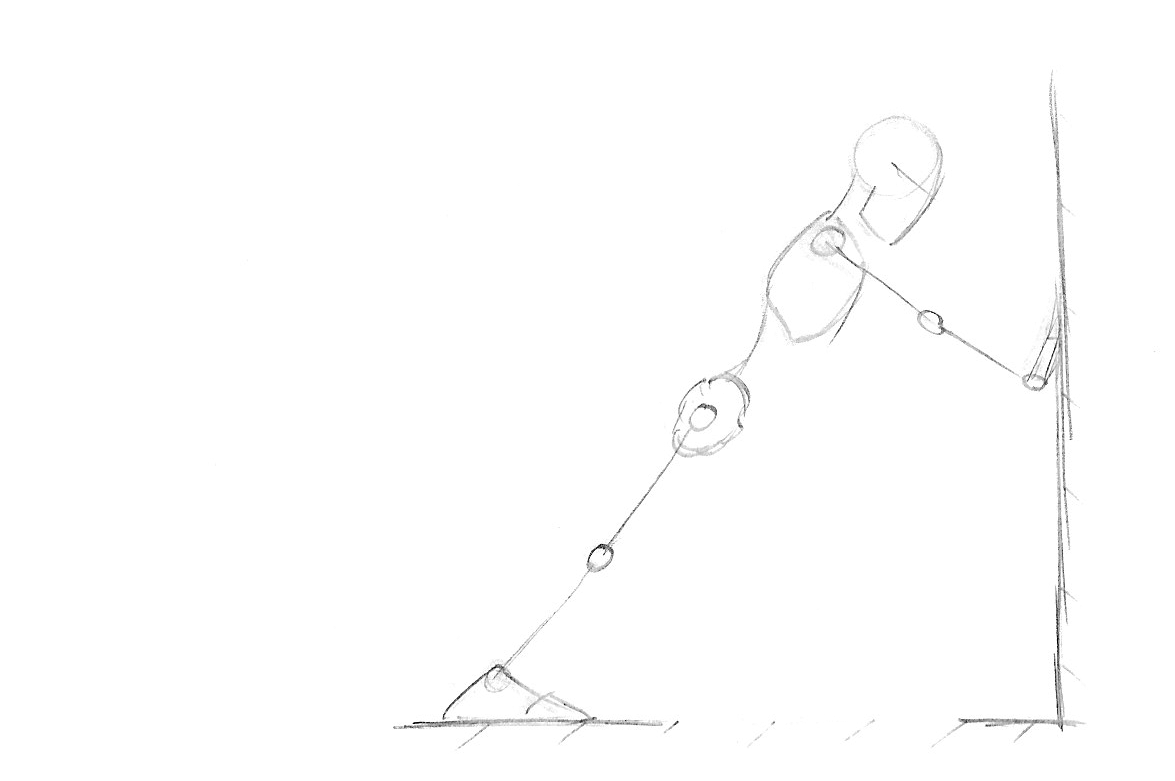
Figure 1. Wall Push-ups
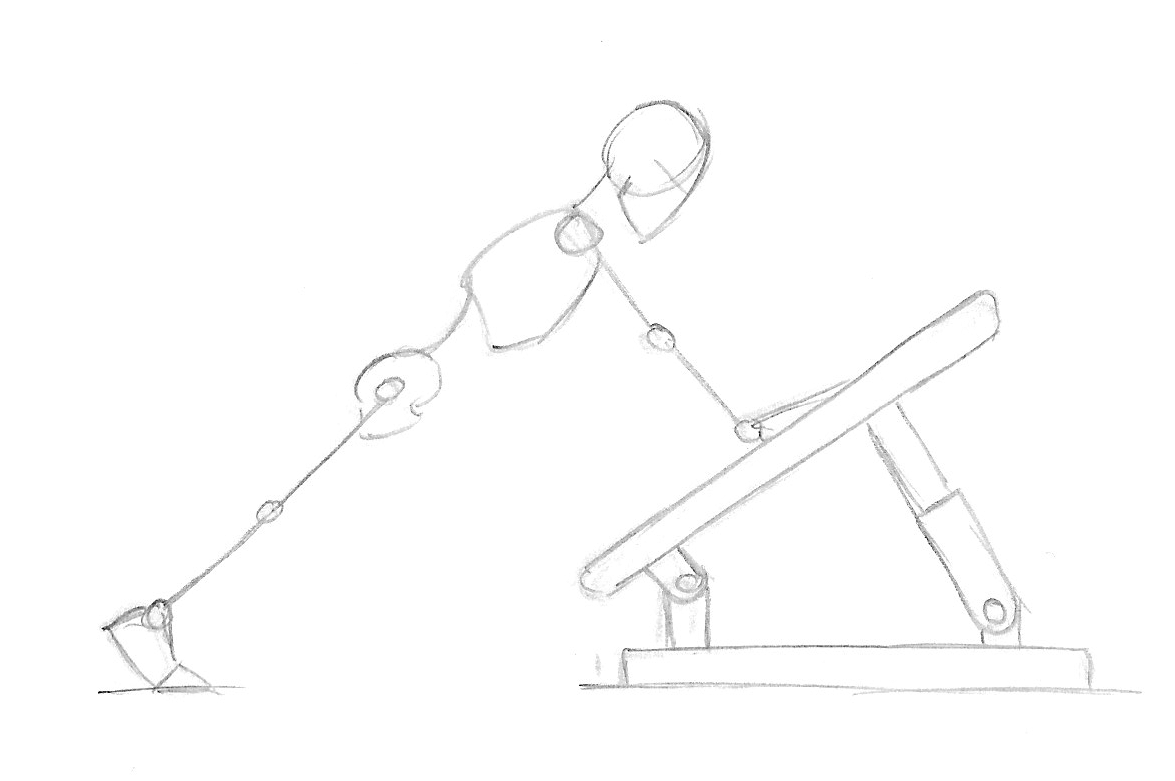
Figure 2. Incline Push-ups
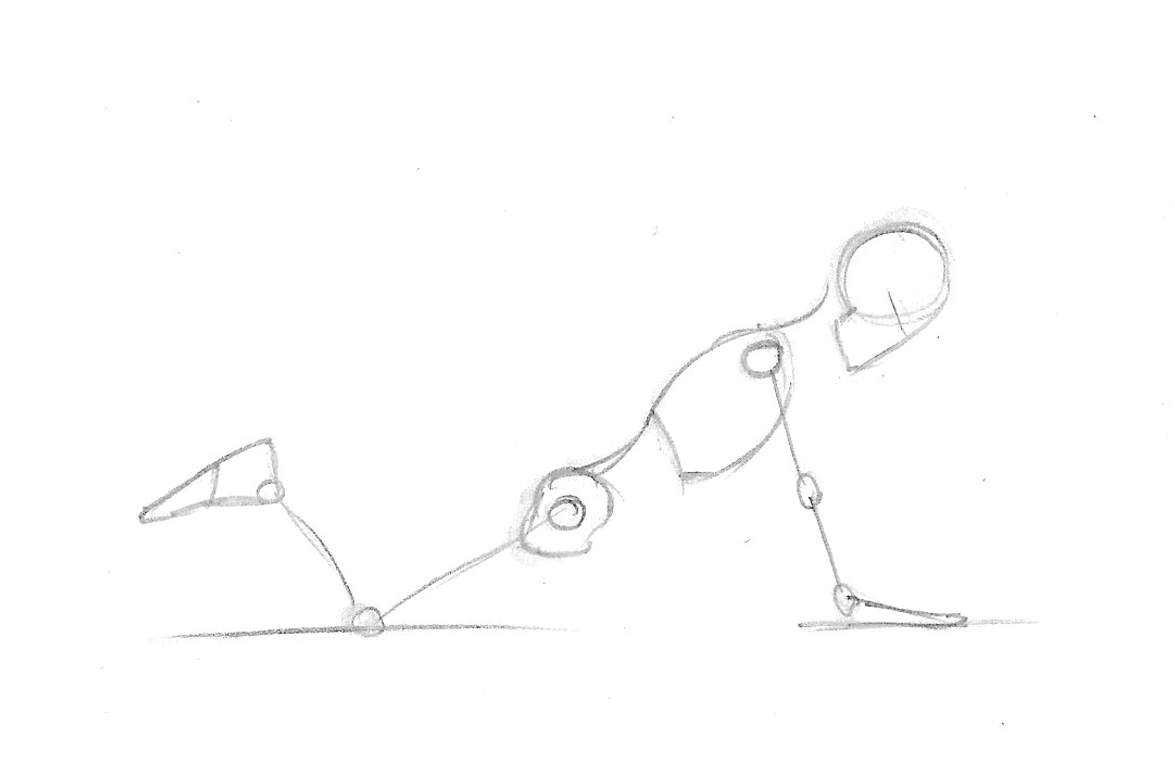
Figure 3. Kneeling Push-ups
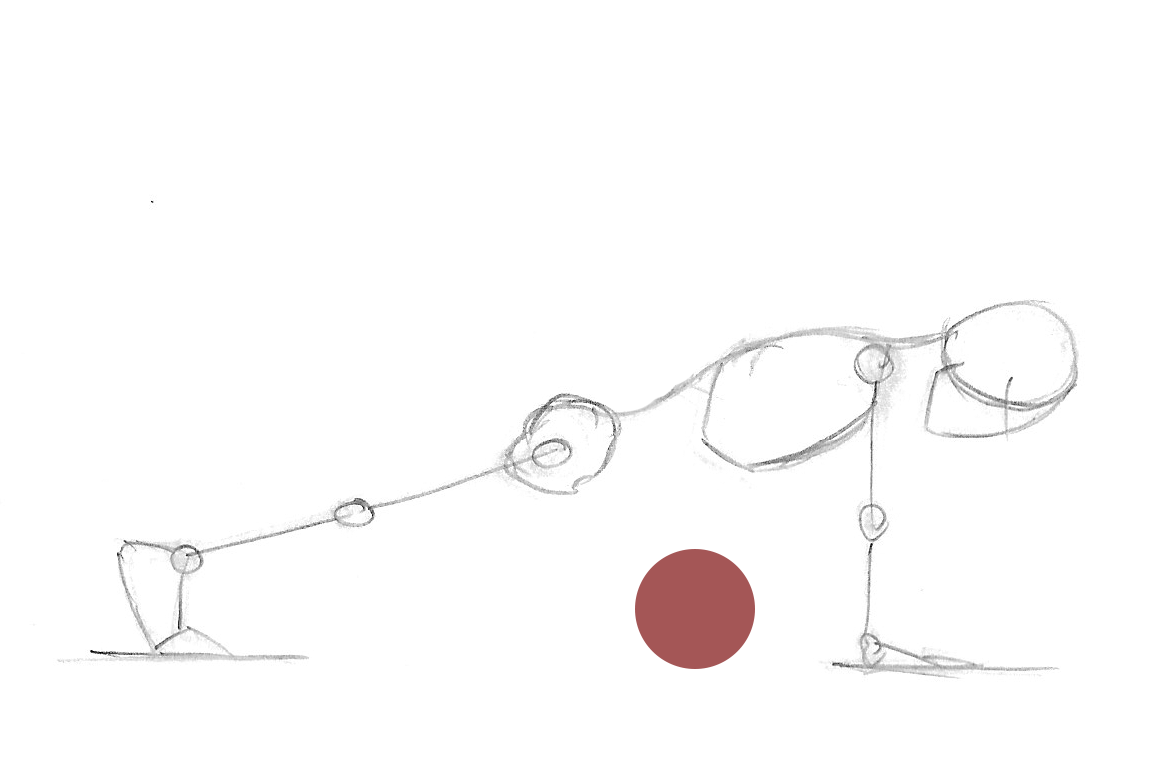
Figure 4. 1/2 Push-ups
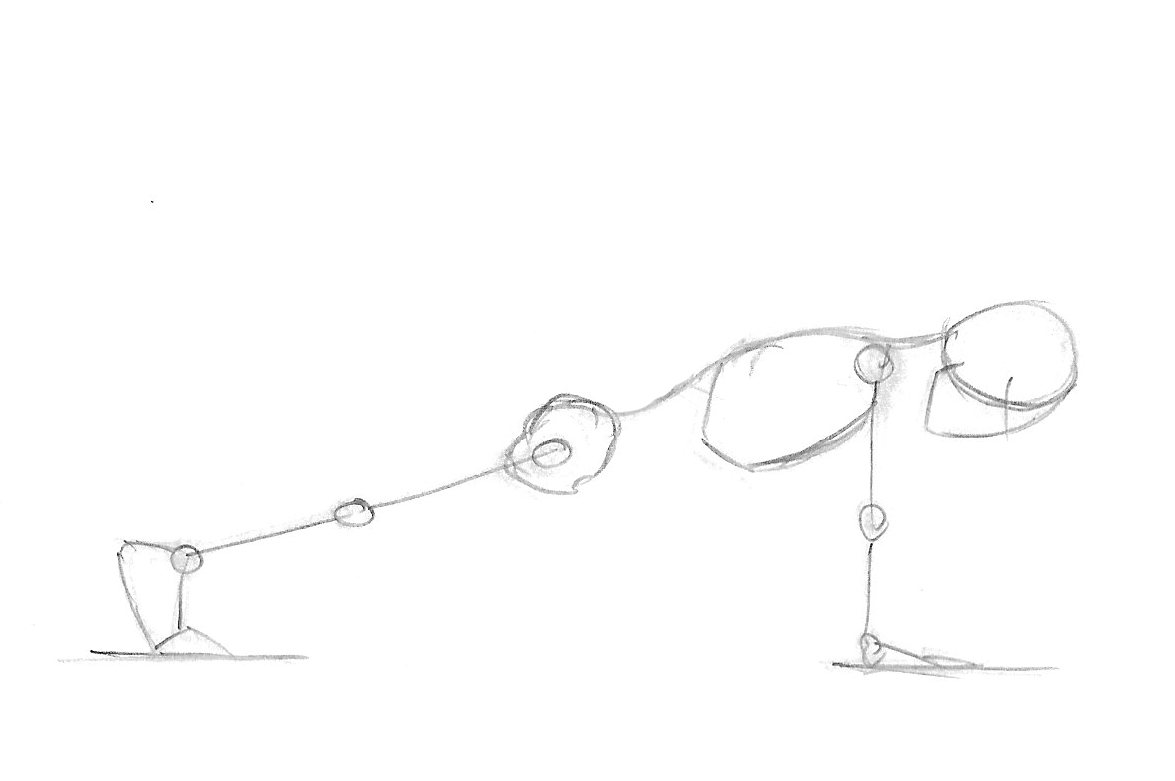
Figure 5. Push-ups
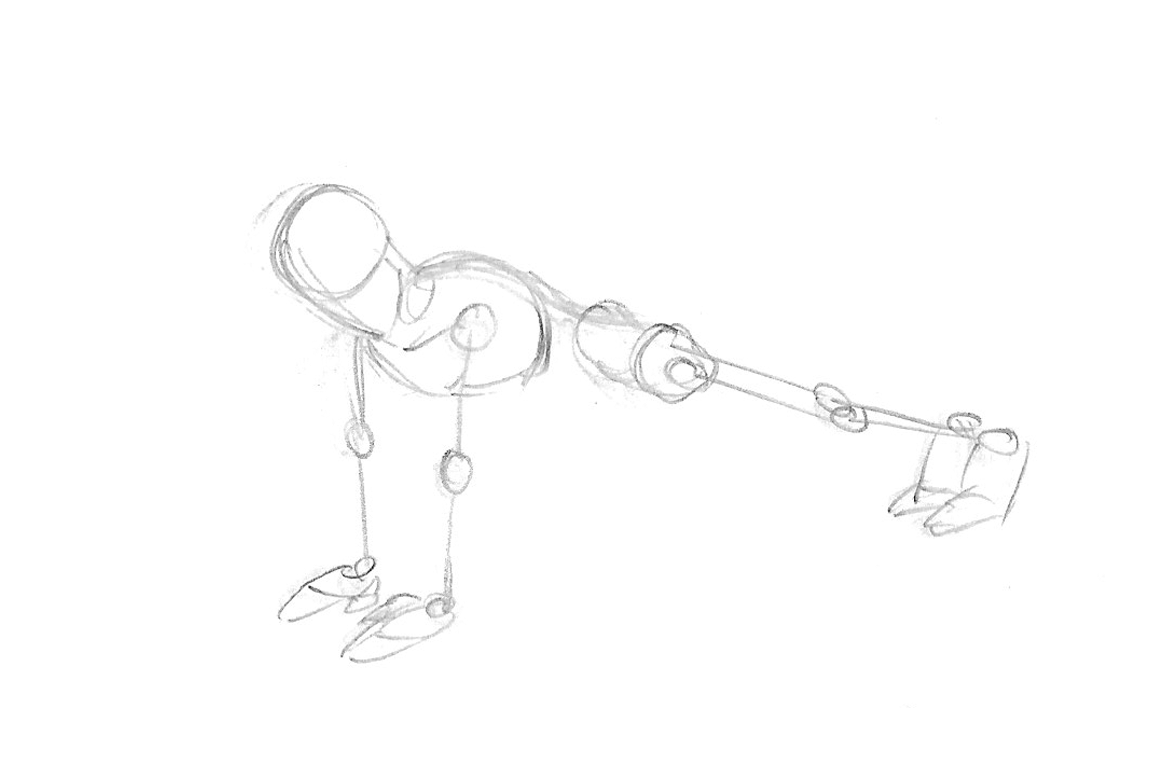
Figure 6. Close Push-ups
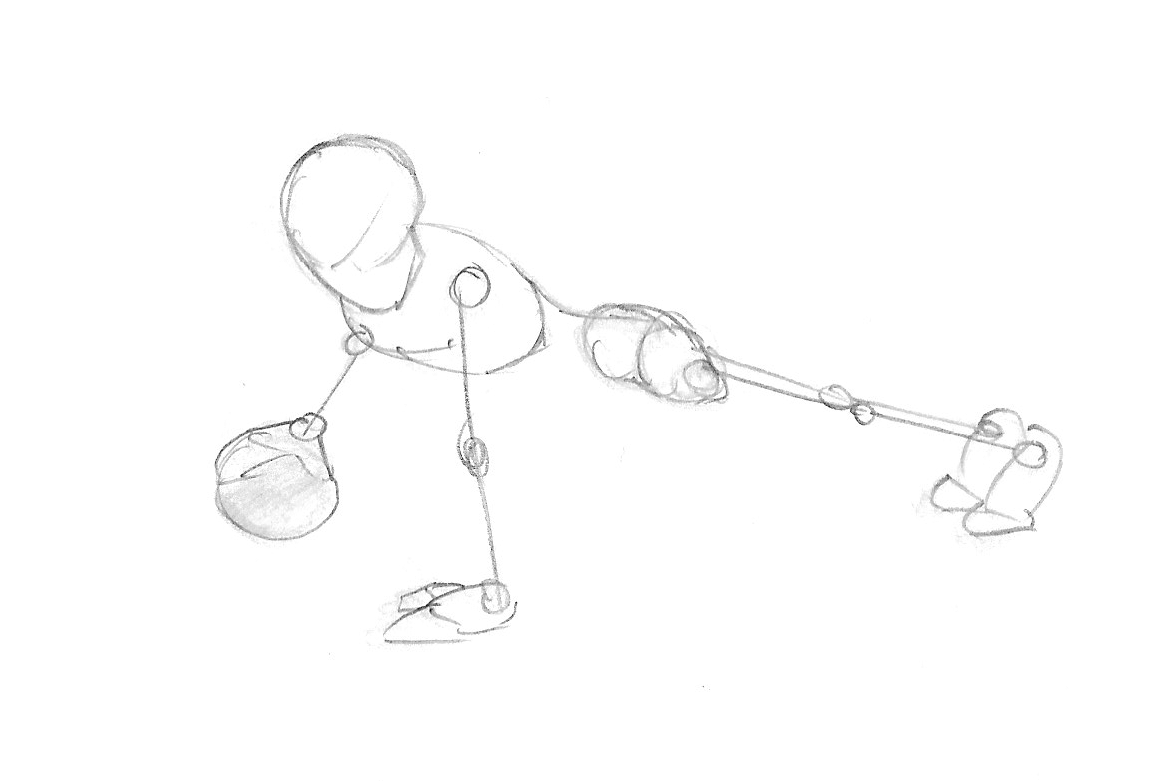
Figure 7. Uneven Push-ups
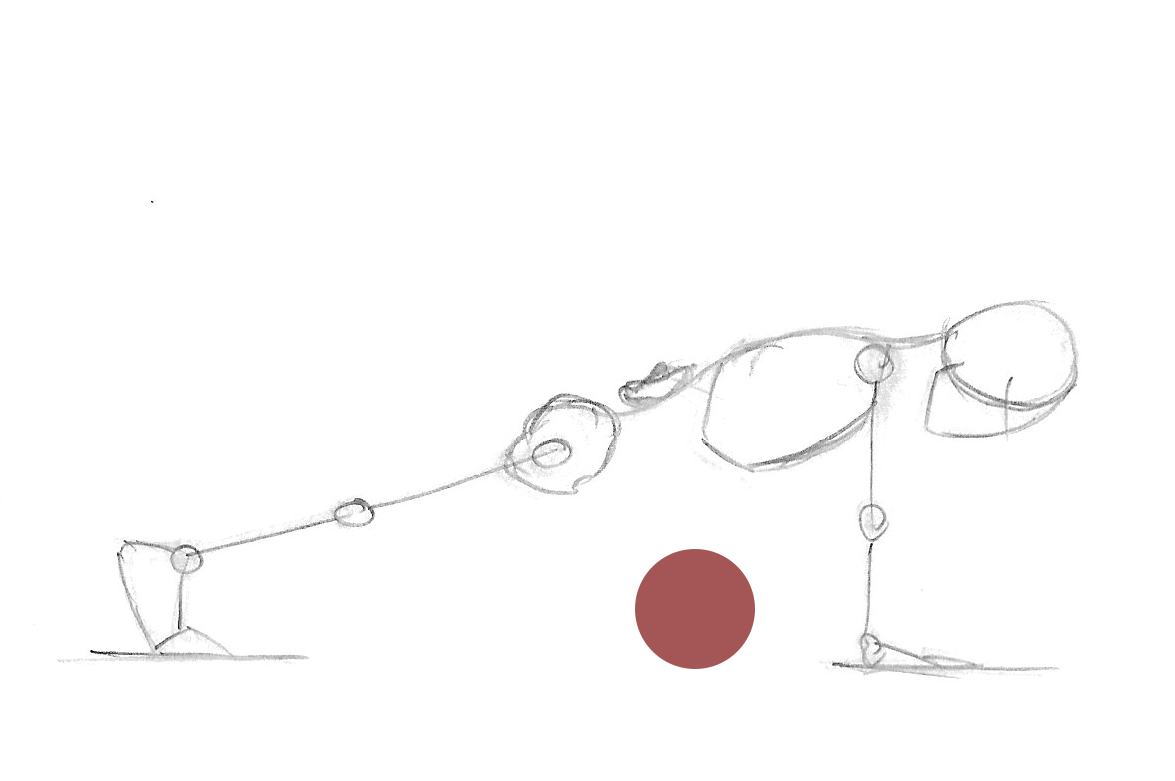
Figure 8. 1/2 one-arm Push-ups
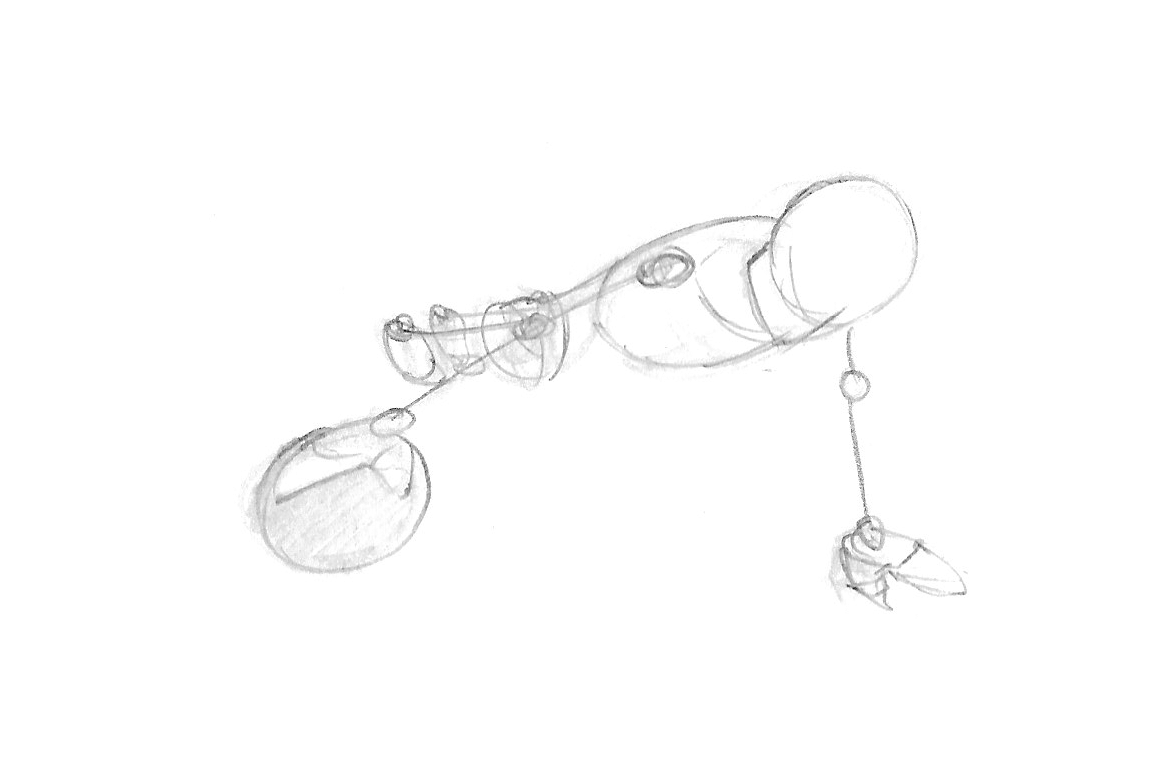
Figure 9. Archer Push-ups
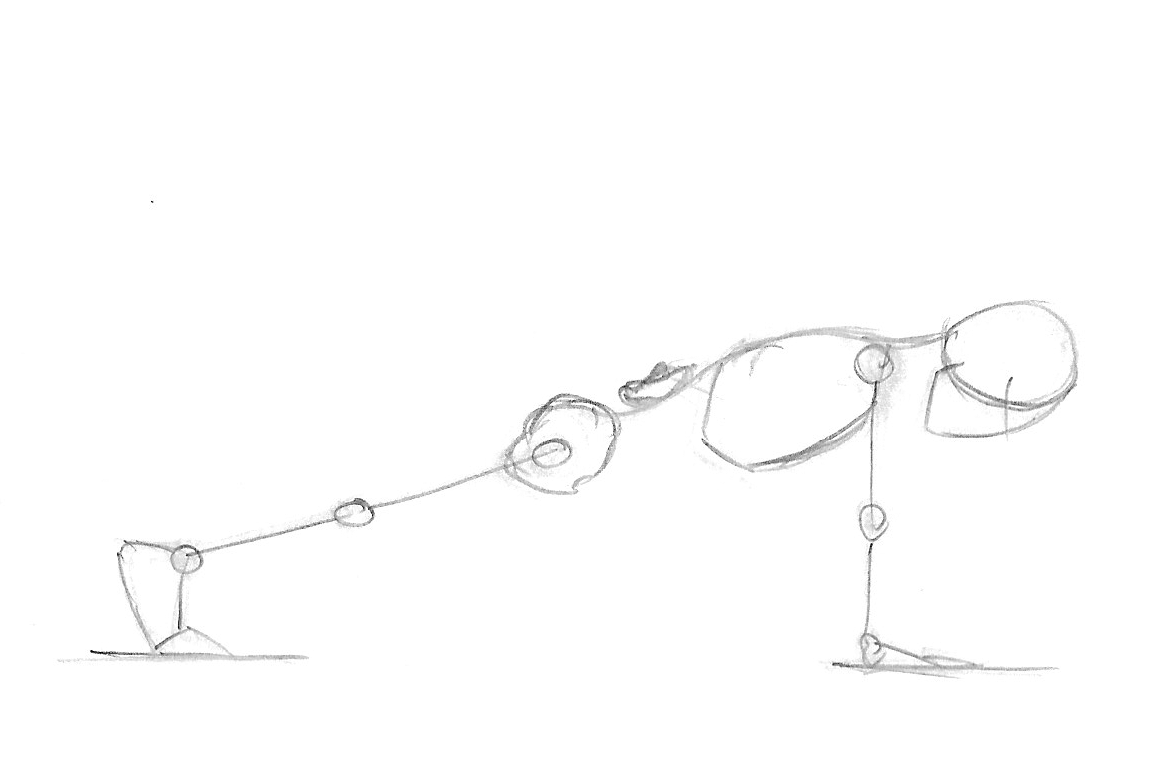
Figure 10. One-arm Push-ups
The main results of this study show that the progressive training with push-ups allows significant gains in maximal strength in bench press, similar to those observed with bench press training (Fig. 11). Regarding the level push-ups progression, the Push-ups group had, without surprises, much better progress than the Bench Press group (Fig. 12).
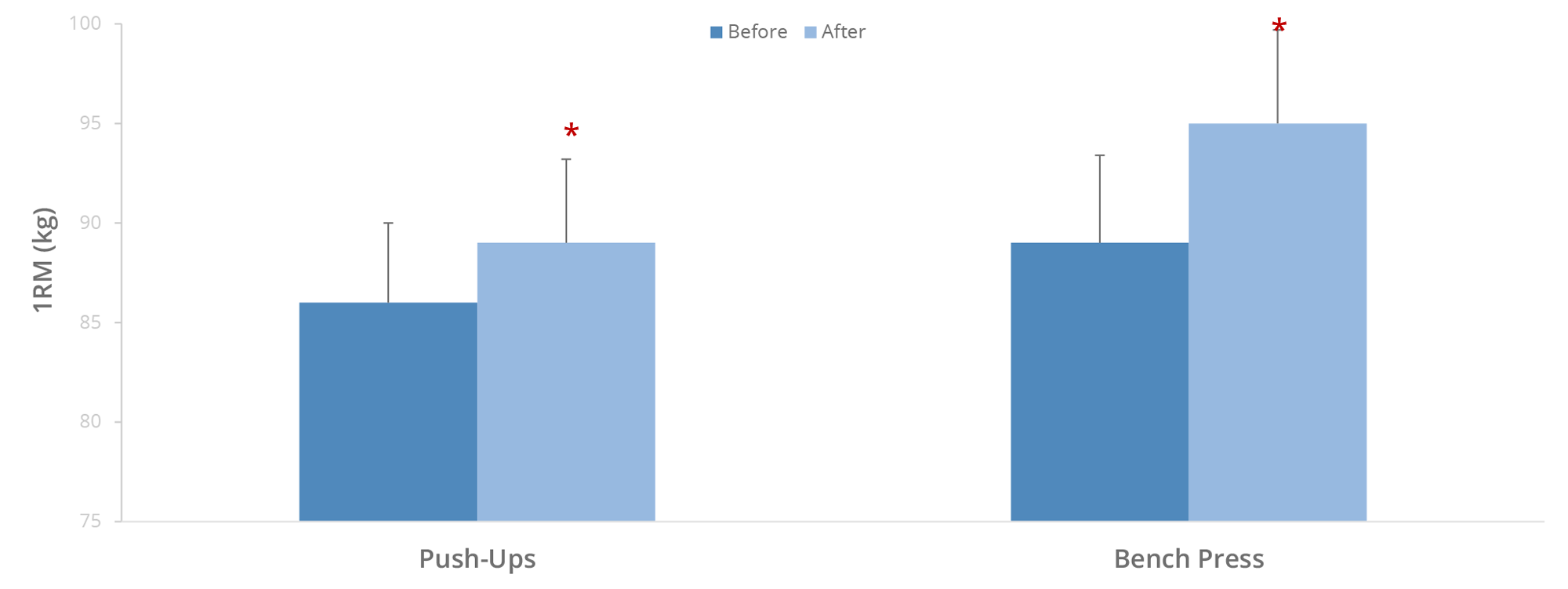
Figure 11. Evolution of bench press 1RM according to the training protocol. *Significant difference compared to the tests before the beginning of the protocol (p < 0.001).
Regarding the 1RM, even if the difference between the two groups is not significant, the Bench Press group has increased by 6.52% while the Push-ups group has increased by 3.4%. These results show, on one hand, that a specific training makes it possible to better progress on the exercises on which we train, and on the other hand that the training with the push-ups variation allowed a better transfer than the training with the bench press. This may be due to the fact that the push-ups and its variations require a greater muscle stabilization.
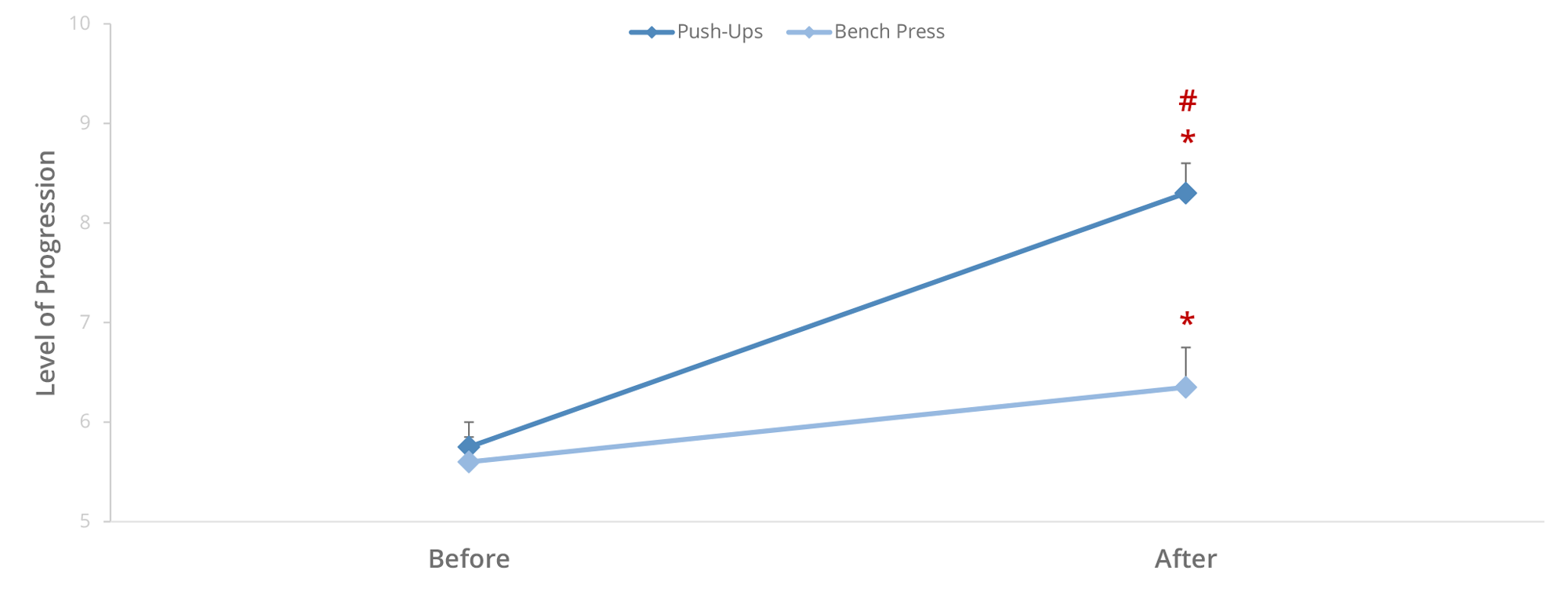
Figure 12. Evolution of Push-ups Progression level. *Significant difference from the tests before the start of the protocol (p < 0.001), #Significantly different from the Bench Press group (p < 0.001).
Regarding muscle thickness, no significant changes were observed for both groups (Fig 13). Probably because the training lasted only 4 weeks, the total training volume was not sufficient, and the protocol was not optimal for muscle hypertrophy. Finally, no significant difference was observed on the seated medicine ball throw. Although the participants gained muscle strength, the tempo imposed by the study (2s during the concentric phase and 2s during the eccentric phase) probably played against the power of the upper limbs.
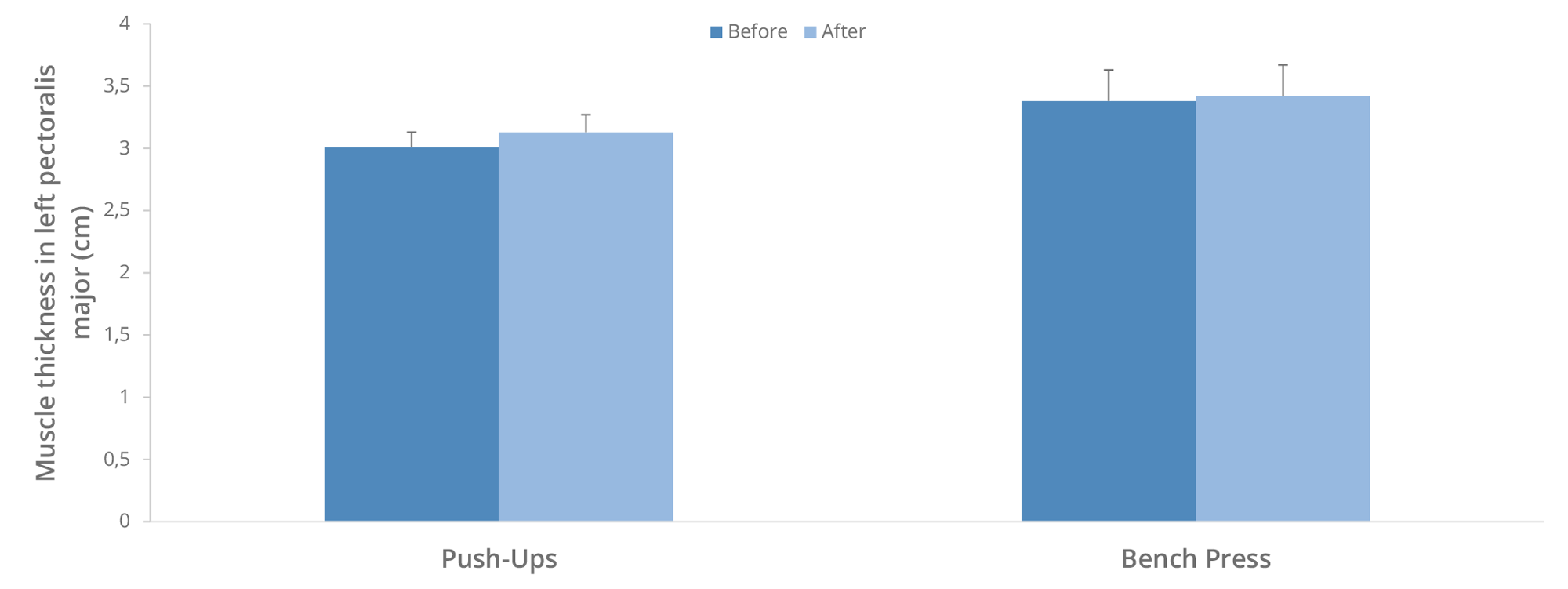
Figure 13. Evolution of the muscular thickness of the left pectoralis major according to the training protocol.
This study shows that progressive short-term push-ups training can significantly increase upper limb strength in an equivalent way to bench press training. This shows that this can be an interesting alternative for athletes who sometimes do not have access to a weight room, or who simply want to train freely at home or outdoor. Moreover, one of the main interests of calisthenics is that the resistance employed will never exceed the body mass of the athlete, and that training involves muscle chains and not more or less isolated muscle groups.
However, the short duration of this study does not permit definitive conclusions in the long term. It is indeed important to know if the progression will reach a plateau or not. It is always easier to add iron plate than to find more and more difficult alternatives to body-weight exercises. Even if the use of weighted vests or elastic bands can allow to continue to progress in the long term (and even if it will not be really pure calisthenics) (Read our article on the subject).
We remind you that you can quote articles by limiting your quotation to 200 words maximum and you must include a nominative link to this one. Any other use, especially copying in full on forum, website or any other content, is strictly prohibited. In doubt, contact us.
Copyright © 2011-2024 - www.sci-sport.com - All rights reserved